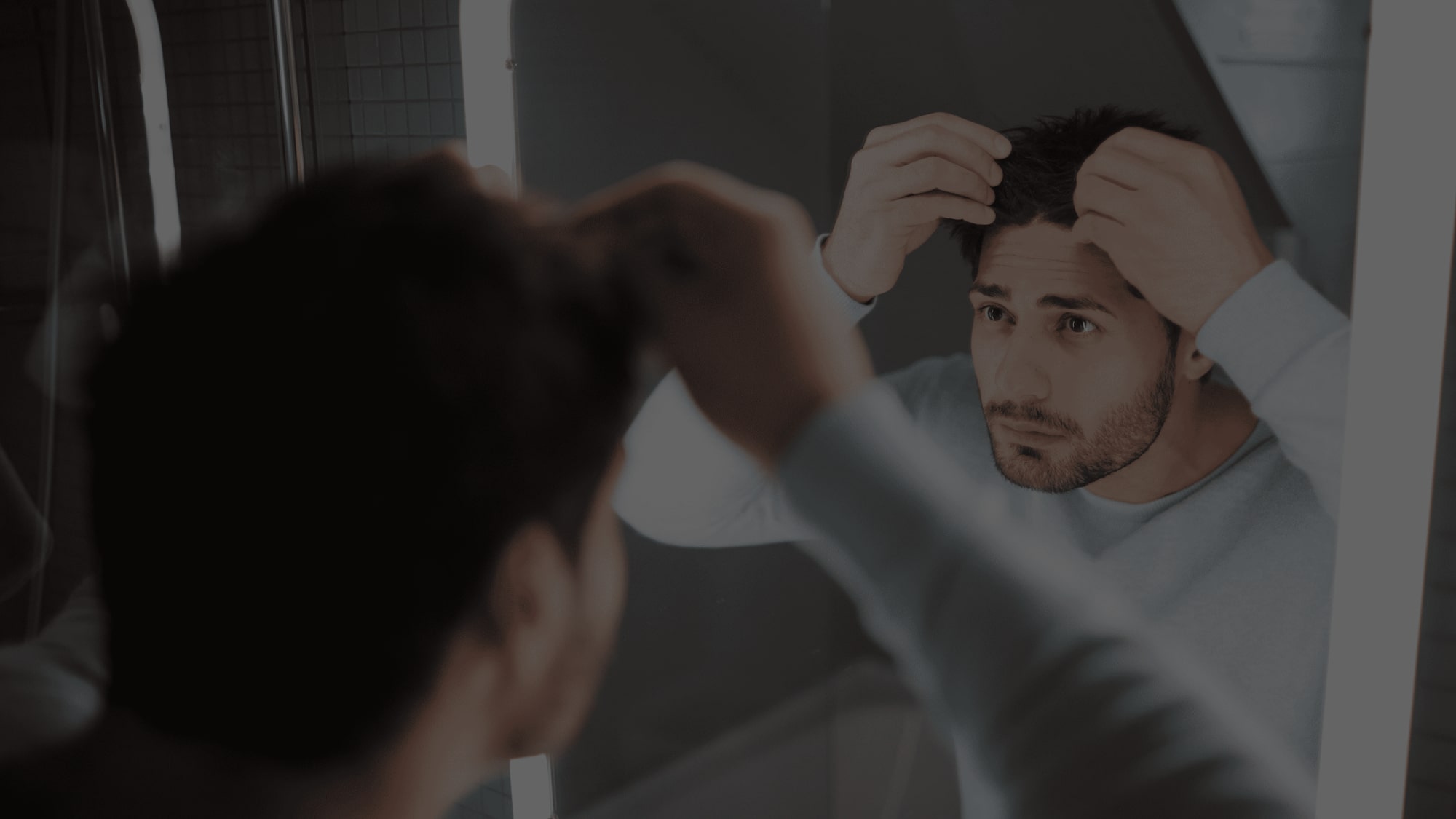At Human Performance Health Clinic, we specialise in transforming lives through innovative health solutions, such as Testosterone Replacement Therapy (TRT). Let’s demystify TRT, and break down its complexities into simple, understandable elements.
The Basics of Testosterone Replacement Therapy
Testosterone, a hormone predominantly found in men, plays a vital role in various bodily functions. It affects muscle mass, bone density, mood, and even libido. When levels dip, TRT steps in as a solution. It involves administering testosterone through injections, patches, or gels, aiming to normalise hormone levels.
The benefits are notable, from enhanced energy to improved sexual function. However, it’s not a one-size-fits-all solution. It requires a careful assessment by healthcare professionals to determine suitability. Moreover, monitoring is vital to ensuring optimal results while minimising potential risks.
Benefits of Testosterone Replacement Therapy
The positive effects of TRT are wide-ranging. For starters, it can significantly boost energy levels, making daily activities less of a chore. It also plays a role in improving muscle strength and mass, which is great news for fitness enthusiasts. Notably, it can enhance mood and mental clarity, tackling issues like depression and foggy thinking.
Considering the Risks
Like any medical treatment, TRT comes with its share of risks and considerations. It’s essential to understand these before diving in.
Potential side effects include acne, sleep apnea, and an increased risk of heart conditions. Additionally, it can impact fertility and prostate health. Therefore, it’s imperative to have a thorough discussion with a healthcare provider. They’ll weigh the benefits against the risks, considering individual health history and current conditions. Regular monitoring during therapy is also crucial to catch any adverse effects early and adjust treatment accordingly.
Who Can Benefit from TRT?
TRT isn’t for everyone. It’s specifically designed for individuals with clinically low testosterone levels, often verified through blood tests. Symptoms prompting consideration for TRT include fatigue, low libido, muscle weakness, and mood swings. However, it’s not recommended for those seeking anti-aging treatments or performance enhancement in sports.
The Path to Starting TRT
Embarking on the TRT journey requires several steps. First, a thorough evaluation by a healthcare professional is essential. This includes discussing symptoms, medical history, and undergoing blood tests. Once low testosterone is confirmed, the doctor will discuss treatment options.
The choice of therapy—be it injections, gels, or patches—depends on personal preference, lifestyle, and medical advice. After starting treatment, regular follow-ups are crucial to monitor hormone levels and adjust the therapy as needed. It’s a commitment, but one that can lead to significant improvements in quality of life.
Key Takeaways
- Testosterone Replacement Therapy (TRT) is a significant medical treatment for individuals experiencing low testosterone levels, aimed at restoring normal hormone levels.
- TRT involves administering testosterone through injections, patches, or gels and is not a universal solution, requiring individual assessment and monitoring by healthcare professionals.
- The therapy offers notable benefits such as increased energy, improved muscle strength and mass, enhanced mood, and better sexual function.
- Potential risks of TRT include acne, sleep apnea, heart conditions, impacts on fertility and prostate health, necessitating a thorough risk-benefit analysis with a healthcare provider.
- TRT is specifically intended for individuals with clinically low testosterone levels, identified through symptoms like fatigue, low libido, and mood swings, and is not suitable for anti-aging or sports performance enhancement.
- The process to start TRT involves a comprehensive evaluation by a healthcare professional, including symptom discussion, medical history review, and blood tests.
- Treatment options within TRT vary, including injections, gels, or patches, depending on personal preference, lifestyle, and medical advice.
- Regular follow-ups are essential after starting TRT to monitor hormone levels and adjust therapy as necessary.
- TRT can significantly improve the quality of life for those with low testosterone but requires a commitment to ongoing management and monitoring.
- Testosterone Replacement Therapy is a pathway to restoring balance and vitality, offering hope and tangible benefits, but necessitates informed decision-making and medical guidance.
Final Thoughts
Testosterone Replacement Therapy is more than a medical procedure; it’s a key to unlocking a balanced, vibrant life for those grappling with low testosterone.
At Human Performance Health Clinic, we’re dedicated to guiding you through this journey, offering expertise and compassionate care every step of the way. If you’re experiencing symptoms of low testosterone and wondering if TRT is right for you, don’t hesitate to reach out.
Contact us to explore how TRT can be tailored to your unique health needs and take the first step towards reclaiming your health and vitality.









